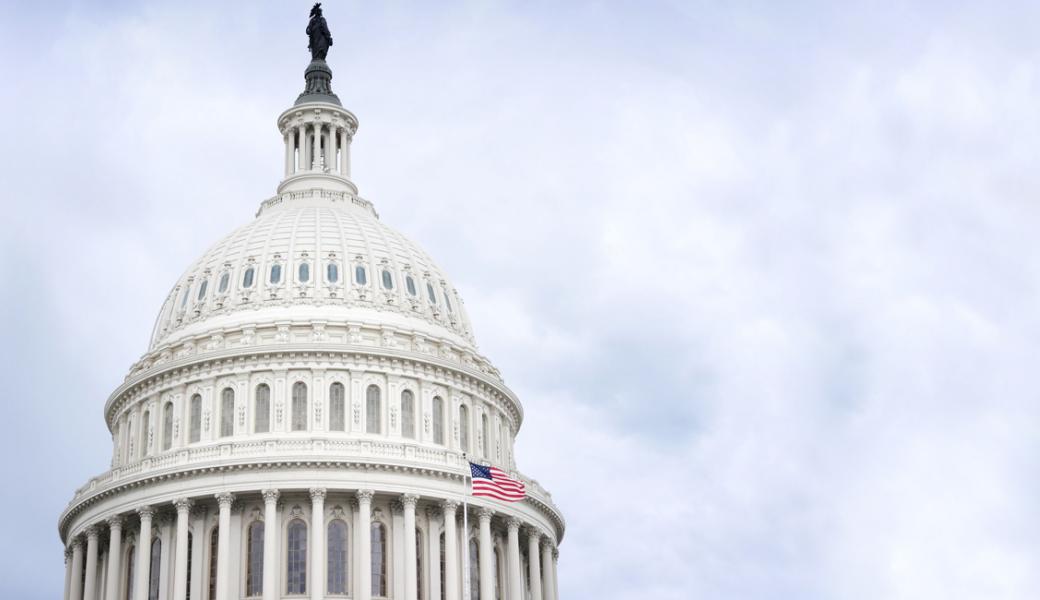When To Engage: Inside Look At Lobbying Decisions - Part Two

The RV Industry Association’s government affairs team works hard each day, at both the federal and state levels, to advance RV-friendly policies and defend against initiatives that would be detrimental to the industry. We continue our three-part mini-series explaining the three steps the state team considers in order to determines which legislation to lobby against.
This series will provide a “behind-the-scenes” glimpse into what the government affairs team has accomplished - far in advance of sharing the passage (or failure) of a bill. For this series, the focus will solely be on defensive lobbying - not on the proactive efforts to pass legislation beneficial to the industry.
Last week, we took an inside look (step one) as to what is considered when a bill is being introduced – does the team watch the bill or take action? This week, we continue with step two: determine the trajectory of the bill.
Determining the trajectory of a bill involves the process for the bill moving forward within that state legislature and the political likelihood of passage.
A bill must go through many different steps and overcome numerous hurdles in the political process in order to become law (any Schoolhouse Rock! flashbacks?).
I’M JUST A BILL
Quick refresher. In order to become law, a bill has to:
- Go through a drafting process.
- Be formally introduced and sponsored by a legislator in either the House or Senate (except for in Nebraska - the only unicameral legislature in the country).
- Be referred to a Committee in the legislative body that would have jurisdiction over the policy topic (for example, is this bill more a transportation policy issue or an energy policy issue).
- Be heard in Committee where interested parties (citizens, lobbyists, issue experts, other legislators, etc.) present their case for or against the bill and answer questions from legislators. During the hearing, legislators on the committee will also debate the bill on-the-record.
- Pass a committee vote.
- Be heard and voted on in a second committee if the bill’s subject matter is covered by another committee’s jurisdiction. For example, an outdoor recreation-related bill may first go through a Natural Resources Committee but may also have government money appropriated to fund some effort in the bill, so then a finance committee would need to approve the bill.
- Be voted on by the entire House or Senate.
- After all these steps are completed in one chamber (House or Senate), the bill must go through the process in the other chamber, as well.
- Once the exact same language has passed both chambers, the bill must go to the Governor to be signed into law.
If that was too much to digest, watch this video for a simple (and catchy) breakdown:
And here is the really fun part - this is not the only possible way for a bill to become a law. There are special rules and scenarios in legislatures across the country that can vary this process significantly.
STATE-BY-STATE POLITICS
In order to determine the likelihood of a bill passing through all of the hurdles of the legislative process successfully, we have to consider many political aspects of that particular legislative body and the state as a whole. Did the newly elected governor run on a platform that is against what this bill is trying to do? Are the House and Senate at odds on the budget, and will that undoubtedly hold up all bills with a funding aspect? What other issues may be deemed more urgent or important than ours and push our efforts lower on the legislative priorities list?
Just think of how divisive our U.S. Congress is in the current session and then add the socioeconomic and geographic differences and intricacies that exist across our 50 states and you can begin to imagine how different the politics and political processes can be in each state. Additionally, while each state is unique in the political party makeup of their house, senate, and governorship (as well as which industries are most important to that state, etc.), they also differ in their actual political processes (how bills can progress forward).
WHEN TO STEP IN
Timing is incredibly important to deciding if and how we engage in the political process. In order to figure out the most effective point to engage in lobbying a bill, we must first become familiar with the state’s legislative process: what date their legislature’s session ends, what committees would have jurisdiction over the bill, when hearings may be scheduled and how the committees accept submissions to the record, what a committee’s ruling might mean for the fate of a bill, etc.
Determining the point when it would be most appropriate and effective to plug in to the political processes in each state for each individual bill allows our team to smartly interact with legislators and exert our influence both in the short-term, with a particular bill, and in the long-term, to build and maintain relationships to help our future efforts be successful, as well.
Once all of the prep work in steps one and two is complete, the team is ready to jump in and lobby on the bill. Next week we will cover the third and final step in the process. Stay tuned!
Did you find this interesting? Then you may also enjoy our Driving Policy monthly webinars.
Please Sign in to View
Log in to view member-only content.
If you believe you are receiving this message in error contact us at memberservices@rvia.org.

